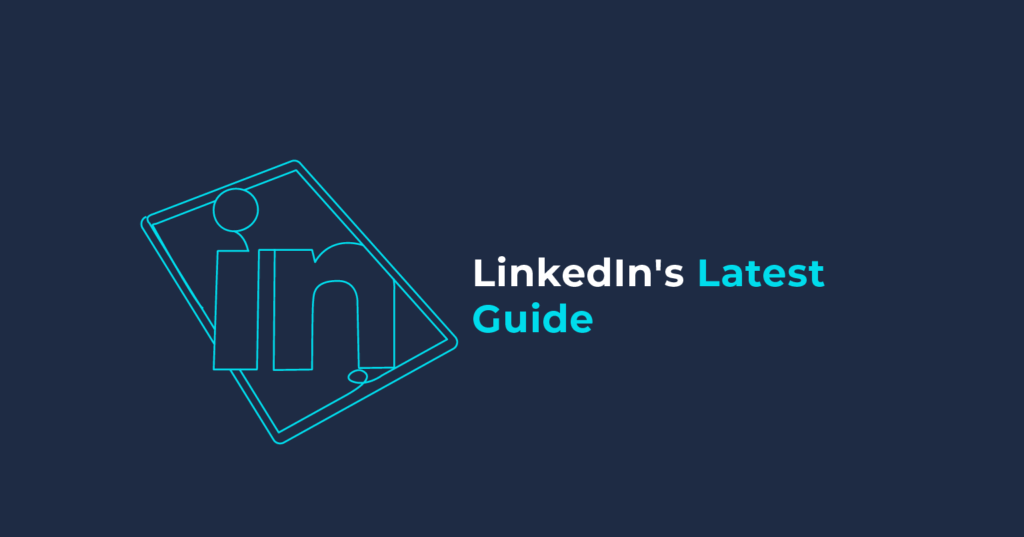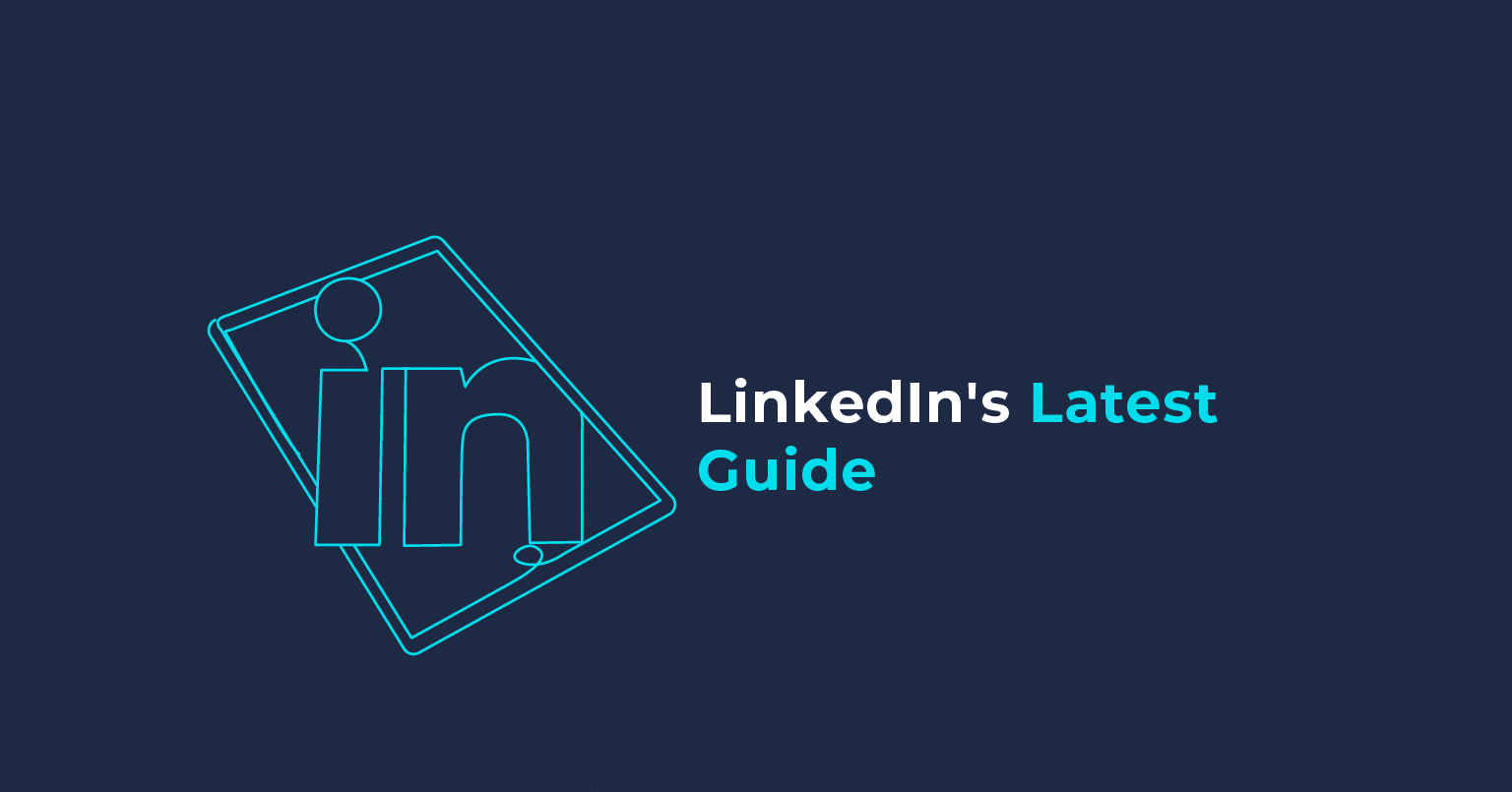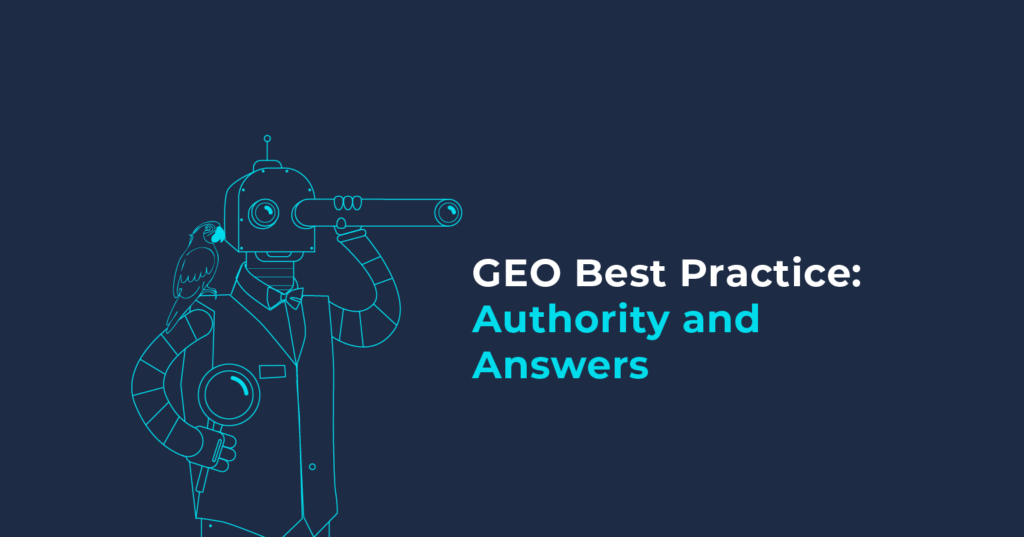LinkedIn’s latest guide, Working with B2B Creators: Collaborate with Confidence, provides a comprehensive view of the LinkedIn content creator community and its increasing value in the B2B buyer decision–making process.
In this blog we’ll cover best practices for identifying, evaluating, activating, and measuring LinkedIn creator initiatives that leverage internal resources—notably employees and your C-suite.
On this page:

What’s a content creator and why should you care?
B2B content creators, much like their B2C counterparts (and close cousins, influencers) are B2B professionals who develop and share content including blog posts, articles, and videos, to attract, educate, and influence other businesses.
LinkedIn’s own research says, unsurprisingly, that LinkedIn is the most popular platform for B2B content creators, and the platform most trusted for creator marketing.
That same research reveals:
- 82% of B2B buyers say creator content influences them
- 87% prefer insights from industry influencers over traditional brand messaging
- 59% rely on LinkedIn as their go-to source for credible creator content
- Video uploads on LinkedIn increased 34% last year
- 63% of buyers say video drives their decisions
- Thought Leader Ads see a 252% boost in click-through rates compared to single image ads
In many ways the research is only telling us what we already know: people trust people more than brands and most of still look to our wider network for referrals and opinions when we are making important decisions.
For B2B marketers, leveraging content creators is becoming increasingly important as their prospects try to cut through noisy and crowded market landscapes, decipher which sources are authentic, navigate new technologies, and “keep track of where algorithms end and human expression begins”.
Trusted human creators stand at the forefront of this opportunity.
How do I build and activate a B2B creator strategy?
Start with the same methodology you would to any marketing strategy:
- Identify the marketing objectives that you need creators to contribute to
- Map the buying personas that you need to influence in order to achieve these objectives
- Identify and support the people who can engage these personas as thought leaders
- Develop a framework for amplifying your creator activity and measuring impact
There are many different types of content creator that B2B marketers should leverage, including:
- Industry experts: the type of creator valued most by B2B buyers, with over half agreeing they are an effective form of influence on buying decisions
- Analysts: B2B buyers are used to using analyst firms as a reference point when evaluating potential suppliers – and this makes analysts themselves a highly credible form of creator
- Business Leaders: Posts from CEOs have increased by 23% year-on-year and LinkedIn data shows that their content generates 4x more engagement
- Customers: consider how-to guides, unboxing videos, and straightforward testimonials.
- Employees: LinkedIn data shows that the collective reach of a company’s employees through their networks is typically 12x the follower numbers of the company itself
LinkedIn’s research also offers insight into how to assess a creator’s potential value:
- 53% identify subject matter expertise as an important creator trait
- 36% assess them based on authenticity
- 52% look at the size of creators’ networks
- 49% look at the diversity of content that creators share
- 44% track how they engage with followers
Which content creators should I start with?
In many cases, particularly for B2B brands with very niche markets and/or limited budgets, the best place to start is within your own organisation.
Leverage the wealth of knowledge—and the existing networks and reputation—of your organisation’s employees, including the C-suite.
Over time you will want to build this pool of internal creators (and of course branch out into the other creator types such as industry experts and your customers) but initially prioritise employees who are mostly likely to be successful in the role of content creator.
Specifically, you should look for employees who:
- Have built a significant following on LinkedIn
- Who engage regularly with comments on their posts
- Who share a range of (engaging) content formats
Subject matter expertise is obviously valued at all levels but remember employees who are already informal content creators can potentially be as influential as more senior colleagues.
And although harder to get their time and attention, the credibility that B2B audiences attach to business leaders ensures that you can generate wide reach and engagement through also working with the C-suite to develop creator strategies on LinkedIn.
What content should B2B marketers focus on?
An overwhelming outcome of the research was the rise and rise and rise of video content.
Video content is the most impactful B2B creator format on LinkedIn, ideal for building awareness and initial engagement at scale. It can also be leveraged for product demonstrations and how-to guides during the consideration phase, as well as customer testimonials that help drive conversion.
Written social media posts can also act as product walk-throughs and are a great way of communicating the depth of information that B2B audiences seek when considering their options.
Webinars and live-streamed events are valuable formats for driving conversions, both through the content of the event itself and the role that creator plays in driving sign-ups.
Finally, no matter what, empower your content creators to retain their own individual voice and style and to thread their personal experiences, stories and points of view through their content. Successful content creators should not just be mouthpieces for the brand, resharing corporate messaging, they need to grow and retain that real, human connection with their audiences.
Finally, how do I measure the impact of my B2B content creator strategy?
After reading LinkedIn’s guide, a cynical marketer might mistake it for a very long plug to use LinkedIn’s Thought Leader Ad format—and to be sure they are mentioned no fewer than 15 times, including getting an entire page that purports to be about measuring impact.
Thought Leader ads are genuinely an excellent way to amplify content and grow your creators’ networks and visibility (and as mentioned earlier, tend to outperform single image ads).
But other metrics can and should be leveraged to understand the value of your strategy:
- Brand tracking: brand tracker studies may be out of reach of many B2B marketers’ budgets, but you can and should measure increasing in brand searches and brand traffic
- Content engagement: track and report on key content engagement metrics, including reactions, comments, shares, reach, impressions, views and click-through rates
- Follower growth: for both your company page and the creators’ own networks
- And if you do use Thought Leader Ads, pay close attention to the demographic metric including companies and job roles (which you may later be able to connect to subsequent conversions)
Need help getting started with your content creator strategy?
Get in touch with one of our LinkedIn experts, we are happy to chat and offer a free 30-minute consultation.
On this page:
Subscribe
Receive our biweekly newsletter and stay up to date with the latest B2B digital marketing news and insights.
Stuffed, Starved or Satisfied
Help yourself to a glass of bubbles and I’ll explain how you can apply your party planning skills to improve your LinkedIn Ads budgeting.
What longer B2B decision-making cycles mean for digital marketing best practice
It’s a tough market out there with sales cycles continuing to lengthen over the past year
Is the B2B Buying Journey Really Changing?
The B2B buying journey is changing at a fast pace, and B2B marketers must evolve their brand’s digital footprint now or risk obscurity in this new world.


